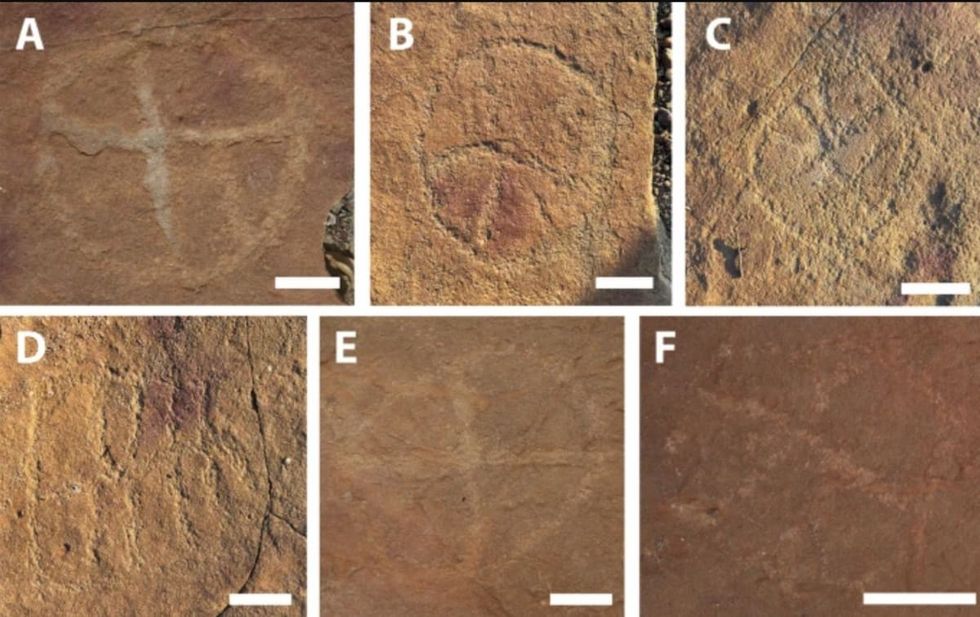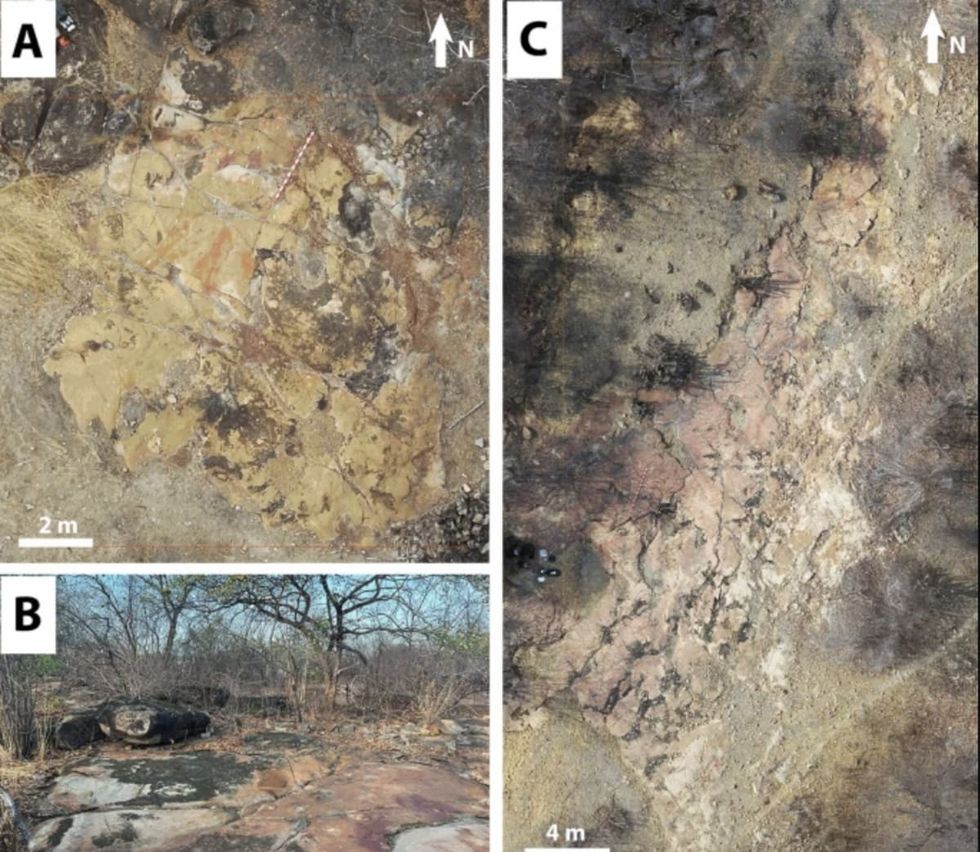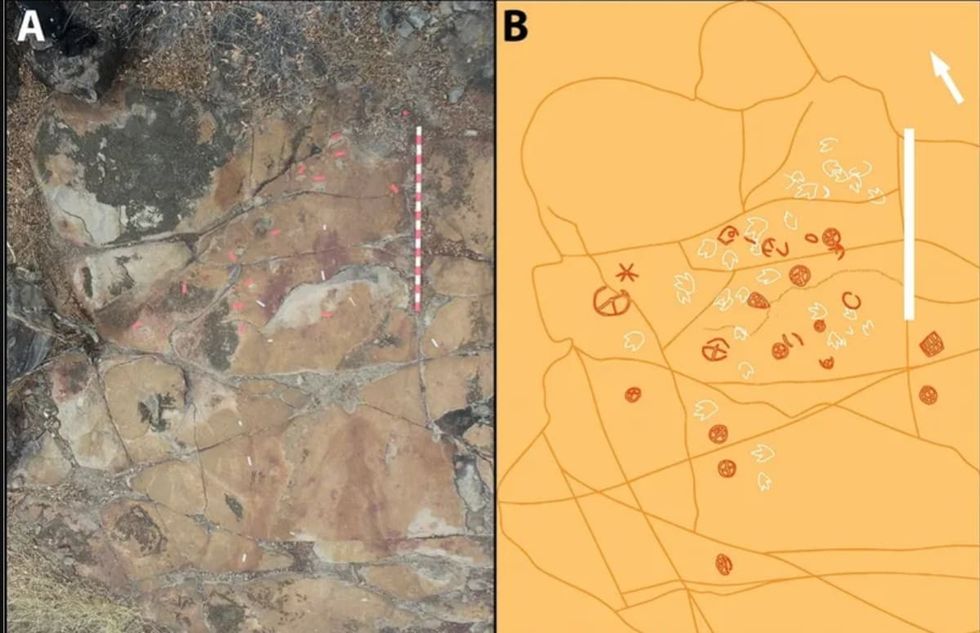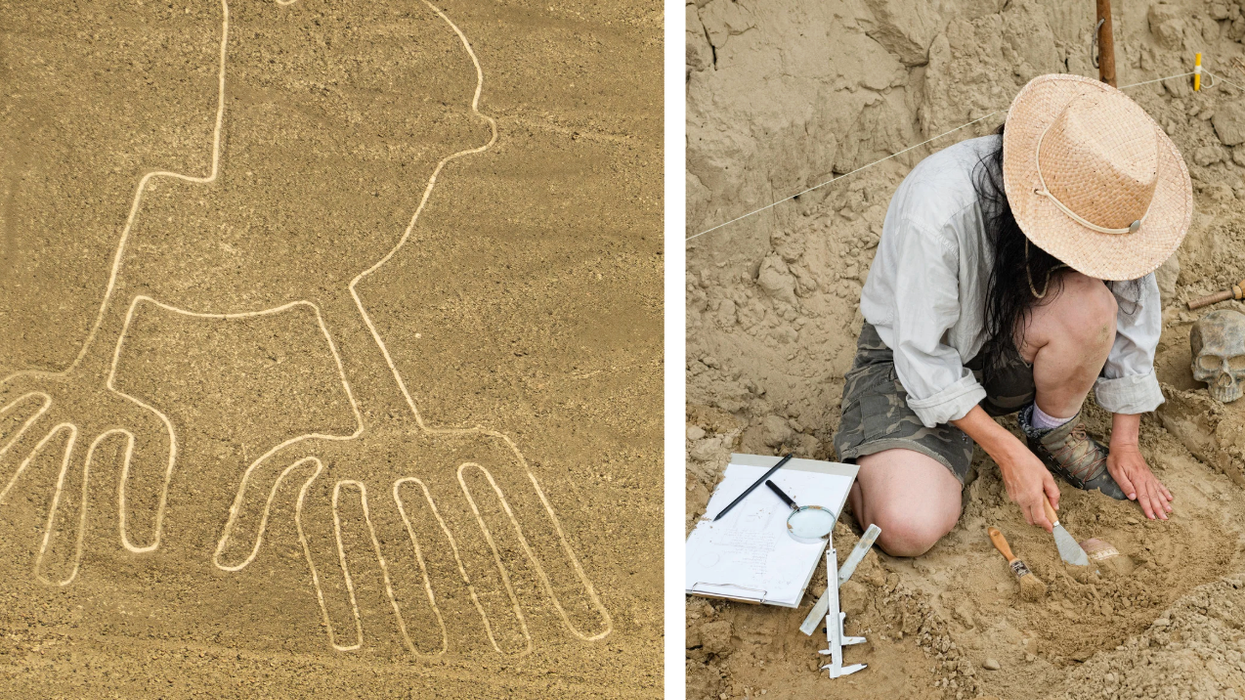Rcently, Hinako Komori, a 13-year-old girl, visited the National Museum of Nature and Science’s Tsukuba Research Department in Japan. Hinako had been fascinated by animals and nature since she was three years old. When she arrived at an exhibit of taxidermied animals, she spotted a dog-like specimen. The animal was not visible to the viewers but rather hidden amongst the dark shadows, abandoned and accumulating dust. The keen girl paid attention to the detail and noticed that the canine specimen featured a narrow nose, a bushy tail, a short neck, and short front legs. Hinako identified the specimen as a Japanese wolf, which led her to co-author a scientific paper that was published recently in February 2024, reported NHK.
The brilliant girl had earlier researched the Japanese wolf through various illustrations, journals, and antique photographs. So when she laid eyes on the specimen on the museum shelf, she already knew what it was. Just to make sure, she asked the tour guide to identify the specimen. The tour guide had no answer to her curious question, so Hianko stepped in to help. She instantly recalled another specimen she had witnessed at the Naturalis Biodiversity Center in Leiden, Netherlands, where one of the four Japanese wolf specimens is kept. “When I came across that stuffed animal, I instantly fell into a state of excitement because it matched my image of a Japanese wolf,” Hinako, who is now 13 years old, and attending junior high school, told Alex Martin of The Japan Times.
1st is the Japanese wolf thought to be extinct, but some believe it’s still with us. Alex K.T. Martin @AlexktMartin did a fantastic piece for Japan times on this. https://t.co/HTp2xgt1W8 (2/3) pic.twitter.com/MhXY5goofo
— Japan Trail Cam (@japantrailcam) February 6, 2024
Once she identified the specimen, a project was undertaken by Hinako, labeled M831, in association with the Bulletin of the National Museum of Nature and Science. The project culminated in the publishing of a scientific paper authored by Hinako and Sayaka Kobayashi, a researcher at the Yamashina Institute for Ornithology, and Shin-ichiro Kawada, a researcher at the National Museum’s Department of Zoology. “In researching the Japanese wolf, I found that each taxidermy of the Japanese wolf is different and that there are many questions that remain unanswered,” Hinako told The Japan Times. Japanese wolf, a.k.a. Canis lupus hodophilax, also known as the Honshū, is an extinct subspecies of the gray wolf that was once endemic to the islands of Honshū, Shikoku and Kyūshū in the Japanese archipelago. Phylogenetic evidence indicates that the Japanese wolf was the last surviving wild member of the Pleistocene wolf lineage. The girl, who spotted this extinct species amongst dozens of others, is setting the bar high for school students to delve into their interests and pursue their dreams.


















 Image frmo Scientific Reports of ancient artwork. Image Source:
Image frmo Scientific Reports of ancient artwork. Image Source:  Image frmo Scientific Reports of ancient artwork.Image Source:
Image frmo Scientific Reports of ancient artwork.Image Source:  Image frmo Scientific Reports of ancient artwork.Image Source:
Image frmo Scientific Reports of ancient artwork.Image Source: 

 It's difficult to imagine seeing a color and not having the word for it. Canva
It's difficult to imagine seeing a color and not having the word for it. Canva
 Sergei Krikalev in space.
Sergei Krikalev in space. 


 The team also crafted their canoe using ancient methods and Stone Age-style tools. National Museum of Nature and Science, Tokyo
The team also crafted their canoe using ancient methods and Stone Age-style tools. National Museum of Nature and Science, Tokyo The cedar dugout canoe crafted by the scientist team. National Museum of Nature and Science, Tokyo
The cedar dugout canoe crafted by the scientist team. National Museum of Nature and Science, Tokyo